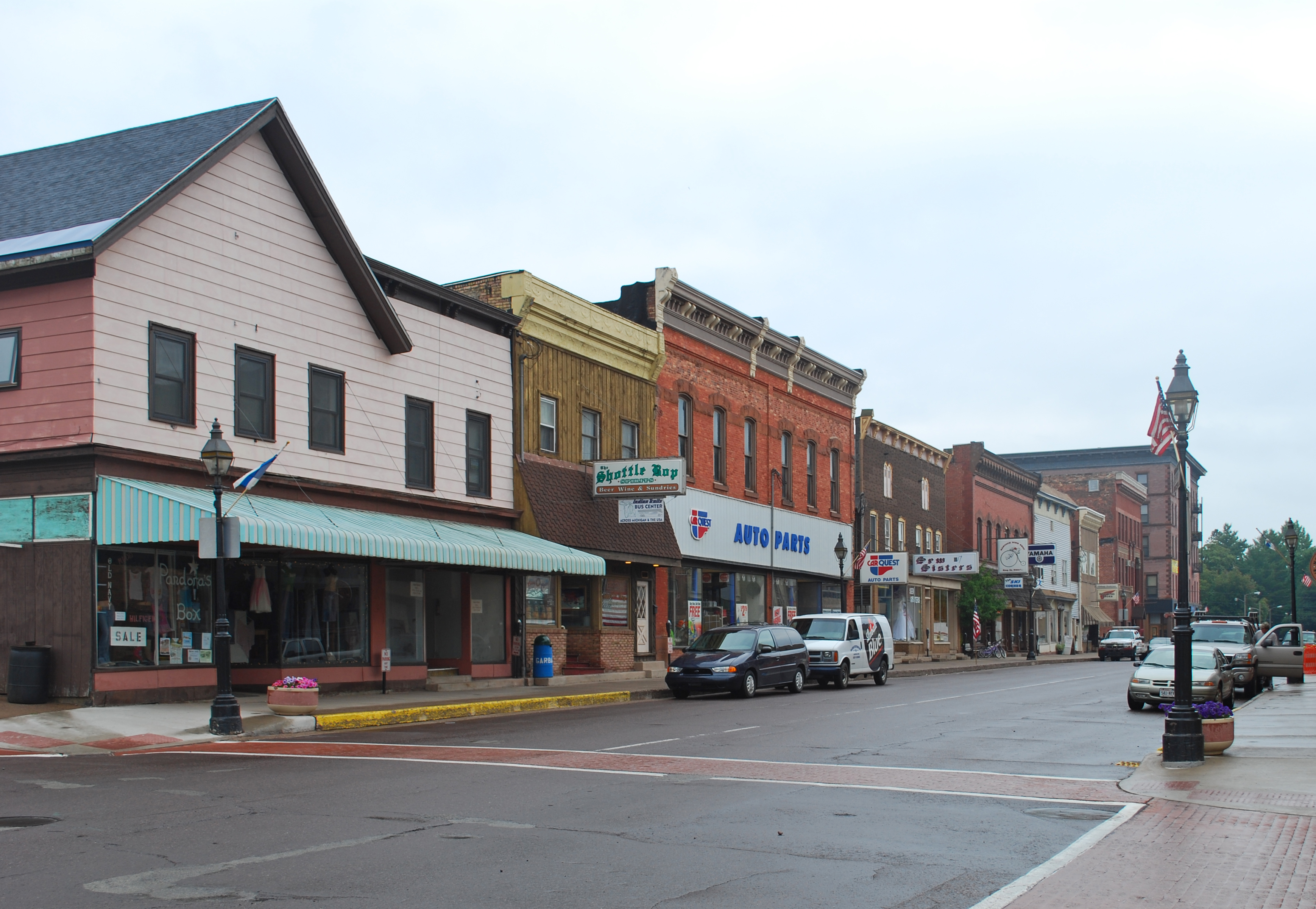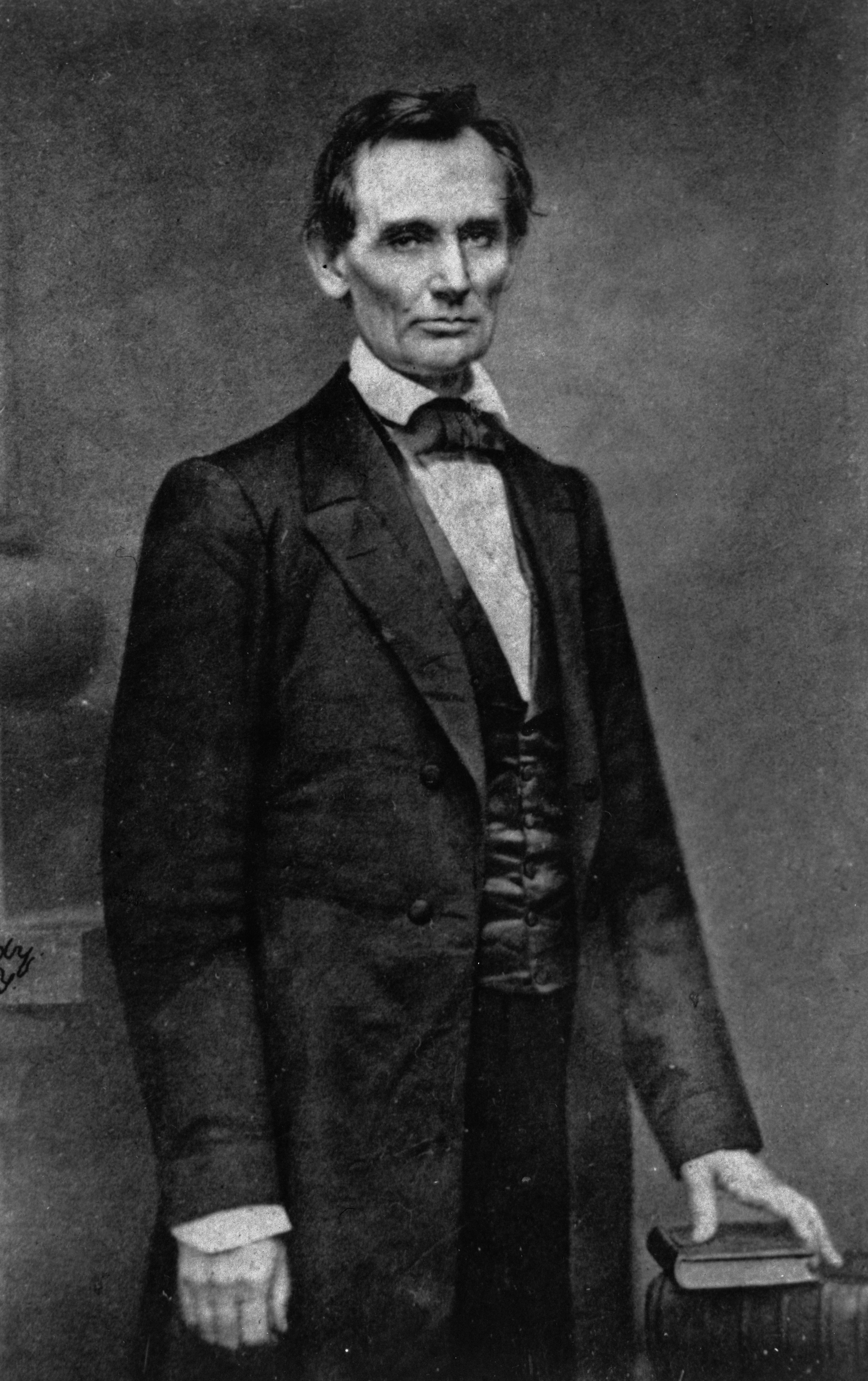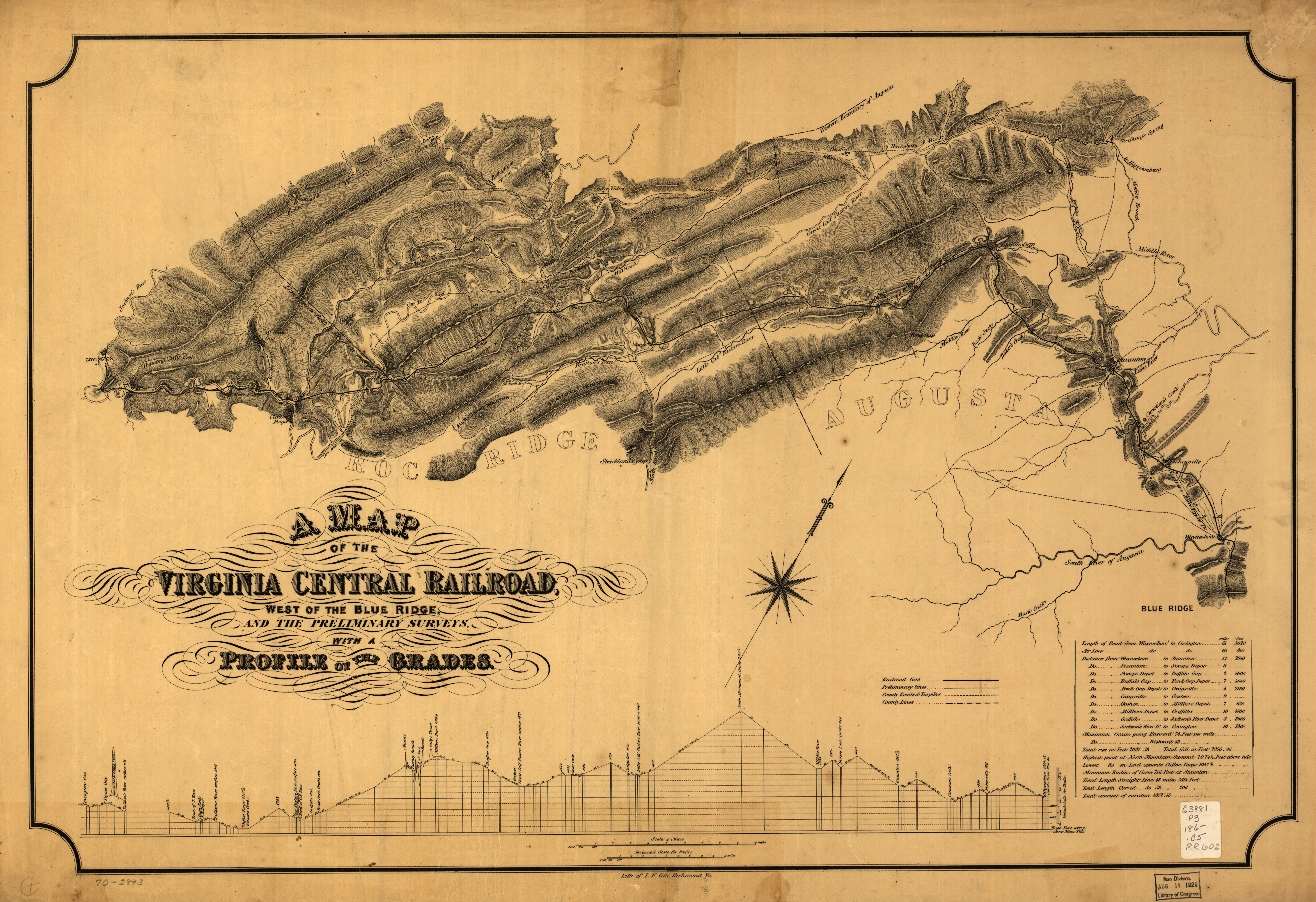|
Louisa, Virginia
Louisa (originally named Louisa Court House) is a town in Louisa County, Virginia, United States. The population was 1,983 at the 2020 census. It is the county seat of Louisa County. History Louisa Court House was named for the county courthouse constructed in 1742, near the intersection of Courthouse Road (now SR 208) and Main Street/Louisa Road (now SR-22/ US-33). The village of Louisa Court House had been the county seat for over a century when it became a strategic location during the American Civil War for Virginia's supply and communication lines. Chartered in 1836 as the Louisa Railroad by the Virginia General Assembly, the Virginia Central Railroad mainline passed through the village. On June 10, 1864, thousands of men and horses of Gen. Fitzhugh Lee's cavalry division camped around the courthouse prior to the Battle of Trevilian Station. [...More Info...] [...Related Items...] OR: [Wikipedia] [Google] [Baidu] |
Town
A town is a type of a human settlement, generally larger than a village but smaller than a city. The criteria for distinguishing a town vary globally, often depending on factors such as population size, economic character, administrative status, or historical significance. In some regions, towns are formally defined by legal charters or government designations, while in others, the term is used informally. Towns typically feature centralized services, infrastructure, and governance, such as municipal authorities, and serve as hubs for commerce, education, and cultural activities within their regions. The concept of a town varies culturally and legally. For example, in the United Kingdom, a town may historically derive its status from a market town designation or City status in the United Kingdom, royal charter, while in the United States, the term is often loosely applied to incorporated municipality, municipalities. In some countries, such as Australia and Canada, distinction ... [...More Info...] [...Related Items...] OR: [Wikipedia] [Google] [Baidu] |
American Civil War
The American Civil War (April 12, 1861May 26, 1865; also known by Names of the American Civil War, other names) was a civil war in the United States between the Union (American Civil War), Union ("the North") and the Confederate States of America, Confederacy ("the South"), which was formed in 1861 by U.S. state, states that had Secession in the United States, seceded from the Union. The Origins of the American Civil War, central conflict leading to war was a dispute over whether Slavery in the United States, slavery should be permitted to expand into the western territories, leading to more slave states, or be prohibited from doing so, which many believed would place slavery on a course of ultimate extinction. Timeline of events leading to the American Civil War, Decades of controversy over slavery came to a head when Abraham Lincoln, who opposed slavery's expansion, won the 1860 presidential election. Seven Southern slave states responded to Lincoln's victory by seceding f ... [...More Info...] [...Related Items...] OR: [Wikipedia] [Google] [Baidu] |
Bloomington (Louisa, Virginia)
Bloomington is a historic home located at Louisa, Louisa County, Virginia. The dwelling evolved into its present form from an original two-room, split-log dwelling dating to about 1790. The main block was built about 1832, and is a two-story, three-bay structure with steeply-pitched gable roof constructed over a raised brick basement. A one-story, gable-roofed addition was attached to the north wall of the main block about 1900. The house is a rare example of 18th-to-early-19th-century English frame construction which found expression in early Southern Colonial style. Also on the property are a contributing tobacco barn, horse barn, corn crib, and tool shed. an''Accompanying photo''/ref> It was listed on the National Register of Historic Places The National Register of Historic Places (NRHP) is the Federal government of the United States, United States federal government's official United States National Register of Historic Places listings, list of sites, buildings, stru ... [...More Info...] [...Related Items...] OR: [Wikipedia] [Google] [Baidu] |
Buckingham Branch Railroad
Buckingham Branch Railroad is a Class III short-line railroad operating over 275 miles (443 km) of historic and strategic trackage in Central Virginia. Sharing overhead traffic with CSX and Amtrak, the company's headquarters are in Dillwyn, Virginia in the former Chesapeake and Ohio Railway (C&O) station, itself a historic landmark in the community. History Buckingham Branch Railroads' tracks are located in the heart of Central Virginia. The routing was largely constructed in the 19th century by several railroad companies. These include the Louisa Railroad, the Virginia Central Railroad, the state-owned Blue Ridge Railroad (with famous tunnels designed by state engineer Claudius Crozet and financed by the Virginia Board of Public Works), and the Covington and Ohio Railroad. All of those lines became part of Collis Huntington's Chesapeake and Ohio Railroad (later the Chesapeake and Ohio Railway) (C&O) in the 1870s, which connected the Chesapeake Bay with the ... [...More Info...] [...Related Items...] OR: [Wikipedia] [Google] [Baidu] |
Interstate 64 In Virginia
Interstate 64 (I-64) in the US state of Virginia runs east–west through the middle of the state from West Virginia to the Hampton Roads region, for a total of . From the West Virginia state line to Chesapeake, it passes through the major cities of Lexington, Staunton, Charlottesville, the state capital of Richmond, Newport News, Hampton, and Norfolk. It is notable for crossing the mouth of the harbor of Hampton Roads on the Hampton Roads Bridge–Tunnel (HRBT), the first bridge–tunnel to incorporate artificial islands, concurrent with U.S. Route 60 (US 60). Also noteworthy is a section through Rockfish Gap, a wind gap in the Blue Ridge Mountains, which was equipped with an innovative system of airport-style runway lighting embedded into the pavement to aid motorists during periods of poor visibility due to fog or other conditions. Route description Alleghany County to Charlottesville I-64 enters Virginia as a four-lane divided highway, continui ... [...More Info...] [...Related Items...] OR: [Wikipedia] [Google] [Baidu] |
Interstate Highway System
The Dwight D. Eisenhower National System of Interstate and Defense Highways, commonly known as the Interstate Highway System, or the Eisenhower Interstate System, is a network of controlled-access highways that forms part of the National Highway System (United States), National Highway System in the United States. The system extends throughout the contiguous United States and has routes in Hawaii, Alaska, and Puerto Rico. In the 20th century, the United States Congress began funding roadways through the Federal Aid Road Act of 1916, and started an effort to construct a national road grid with the passage of the Federal Aid Highway Act of 1921. In 1926, the United States Numbered Highway System was established, creating the first national road numbering system for cross-country travel. The roads were funded and maintained by U.S. states, and there were few national standards for road design. United States Numbered Highways ranged from two-lane country roads to multi-lane free ... [...More Info...] [...Related Items...] OR: [Wikipedia] [Google] [Baidu] |
CSX Transportation
CSX Transportation , known colloquially as simply CSX, is a Class I freight railroad company operating in the Eastern United States and the Canadian provinces of Ontario and Quebec. Operating about 21,000 route miles () of track, it is the leading subsidiary of CSX Corporation, a Fortune 500 company headquartered in Jacksonville, Florida. CSX Corporation was formed in 1980 from the merger of Chessie System and Seaboard Coast Line Industries, two holding companies that controlled railroads operating in the Eastern United States. Initially only a holding company, the subsidiaries that made up CSX Corporation completed merging in 1987. CSX Transportation formally came into existence in 1986, as the successor of Seaboard System Railroad. In 1999, CSX Transportation acquired about half of Conrail in a joint purchase with competitor Norfolk Southern Railway. In 2022, it acquired Pan Am Railways, extending its reach into northern New England. Norfolk Southern remains CSX's chief ... [...More Info...] [...Related Items...] OR: [Wikipedia] [Google] [Baidu] |
Chessie System
Chessie System, Inc. was a holding company that owned the Chesapeake and Ohio Railway (C&O), the Baltimore and Ohio Railroad (B&O), the Western Maryland Railway (WM), and Baltimore and Ohio Chicago Terminal Railroad (B&OCT). Trains operated under the Chessie name from 1973 to 1987. Headquartered in Cleveland, Ohio, the Chessie System was the creation of Cyrus S. Eaton and his protégé Hays T. Watkins, then president and chief executive officer of the C&O. A chief source of revenue for the Chessie System was coal mined in West Virginia. Another was the transport of auto parts and finished motor vehicles. "Chessie" had been a popular nickname for the C&O since the 1930s, cemented with an advertising campaign that featured a sleeping kitten named Chessie. The 1970s holding company developed the "Ches-C" emblem: a kitten outline imposed on a circle, creating a rough letter C. This emblem was emblazoned on the front of all Chessie System locomotives, and also served as the "C ... [...More Info...] [...Related Items...] OR: [Wikipedia] [Google] [Baidu] |
Chesapeake And Ohio Railway
The Chesapeake and Ohio Railway was a Class I railroad formed in 1869 in Virginia from several smaller Virginia railroads begun in the 19th century. Led by industrialist Collis Potter Huntington, it reached from Virginia's capital city of Richmond to the Ohio River by 1873, where the railroad town (and later city) of Huntington, West Virginia, was named for him. History 19th century The C&O traces its origins to the Louisa Railroad of Louisa County, Virginia, begun in 1836. By 1850, the Louisa was built east to Richmond and west to Charlottesville, and in keeping with its new and larger vision, was renamed the Virginia Central Railroad. The Commonwealth of Virginia owned a portion of Virginia Central stock and financed the Blue Ridge Railroad to accomplish the task of crossing the first mountain barrier to the west. During the American Civil War, the Virginia Central played a key role in several battles but was a target for Federal armies. By 1865, it only had five mile ... [...More Info...] [...Related Items...] OR: [Wikipedia] [Google] [Baidu] |
Chesapeake And Ohio Railroad (1868–1878)
The Virginia Central Railroad was an early railroad in the U.S. state of Virginia that operated between 1850 and 1868 from Richmond westward for to Covington. Chartered in 1836 as the Louisa Railroad by the Virginia General Assembly, the railroad began near the Richmond, Fredericksburg and Potomac Railroad's line and expanded westward to Orange County, reaching Gordonsville by 1840. In 1849, the Blue Ridge Railroad was chartered to construct a line over the Blue Ridge Mountains for the Louisa Railroad which reached the base of the Blue Ridge in 1852. After a decision from the U.S. Supreme Court, the Louisa Railroad was allowed to expand eastward from a point near Doswell to Richmond. Most of the railroad was constructed by Irish immigrant labor, or enslaved African Americans who were typically leased out by their enslavers to individuals contracted to build portions of the railroad. Renamed as the Virginia Central Railroad in 1850, the railroad bypassed the under construc ... [...More Info...] [...Related Items...] OR: [Wikipedia] [Google] [Baidu] |
Battle Of Trevilian Station
The Battle of Trevilian Station (also called Trevilians) was fought on June 11–12, 1864, in Union Lt. Gen. Ulysses S. Grant's Overland Campaign against Confederate Gen. Robert E. Lee's Army of Northern Virginia. Union cavalry under Maj. Gen. Philip Sheridan fought against Confederate cavalry under Maj. Gens. Wade Hampton and Fitzhugh Lee in the bloodiest and largest all-cavalry battle of the war. Sheridan's objectives for his raid were to destroy stretches of the Virginia Central Railroad, provide a diversion that would occupy Confederate cavalry from understanding Grant's planned crossing of the James River, and link up with the army of Maj. Gen. David Hunter at Charlottesville. Hampton's cavalry beat Sheridan to the railroad at Trevilian Station and on June 11 they fought to a standstill. Brig. Gen. George A. Custer entered the Confederate rear area and captured Hampton's supply train, but soon became surrounded and fought desperately to avoid destruction. On June ... [...More Info...] [...Related Items...] OR: [Wikipedia] [Google] [Baidu] |
Fitzhugh Lee
Fitzhugh "Fitz" Lee (November 19, 1835 – April 28, 1905) was a Confederate cavalry general in the American Civil War, the 40th Governor of Virginia, diplomat, and United States Army general in the Spanish–American War. He was the son of Sydney Smith Lee, a captain in the Confederate States Navy, and the nephew of Robert E. Lee. Early life and education Lee was born on November 19, 1835, at Clermont in Fairfax County, Virginia. He was the grandson of "Light Horse Harry" Lee, a nephew of Robert E. Lee and Samuel Cooper, and cousin of George Washington Custis Lee, W.H.F. "Rooney" Lee, and Robert E. Lee, Jr.Eicher, John H. and Eicher, David J. (2001). ''Civil War High Commands.'' Stanford: Stanford University Press. p. 343. . His father, Sydney Smith Lee, served under Commodore Perry in Japanese waters and rose to the rank of Captain; his mother, Anna Maria Mason Lee, was a granddaughter of George Mason and the sister of James Murray Mason. He attended St. Timothy's ... [...More Info...] [...Related Items...] OR: [Wikipedia] [Google] [Baidu] |





